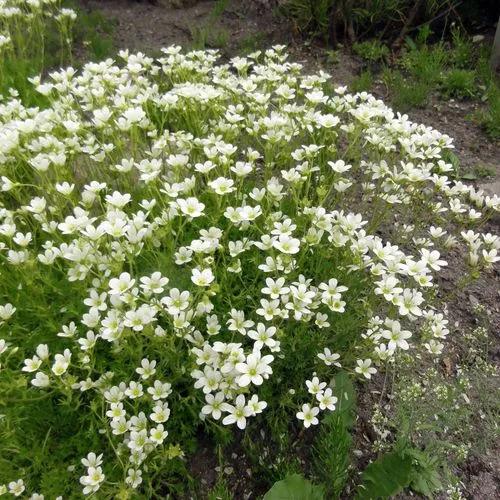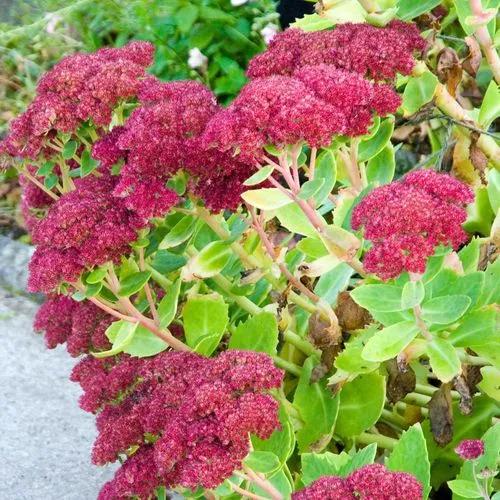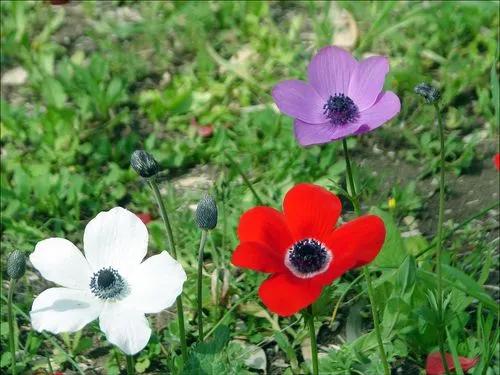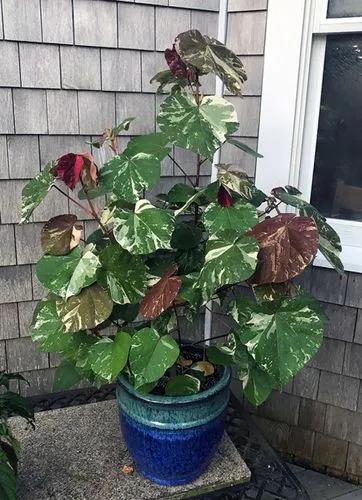Rhododendron /ˌroʊdəˈdɛndrən/ (from Ancient Greek ῥόδον rhódon "rose" and δένδρον déndron "tree") is a very large genus of 1,024 species of woody plants in the heath family (Ericaceae), either evergreen or deciduous, and found mainly in Asia, although it is also widespread throughout lowland and montane forests in the Pacific Northwest, California, the Northeastern United States, and especially in the highlands of the Appalachian Mountains of North America. It is the national flower of Nepal, the state flower of Washington and West Virginia in the United States, the provincial flower of Jiangxi in China and the state tree of Sikkim and Uttarakhand in India. Most species have brightly colored flowers which bloom from late winter through to early summer. Rhododendron is a genus of shrubs and small to (rarely) large trees, the smallest species growing to 10–100 cm (4–40 in) tall, and the largest, R. protistum var. giganteum, reported to 30 m (100 ft) tall. The leaves are spirally arranged; leaf size can range from 1–2 cm (0.4–0.8 in) to over 50 cm (20 in), exceptionally 100 cm (40 in) in R. sinogrande. They may be either evergreen or deciduous. In some species, the undersides of the leaves are covered with scales (lepidote) or hairs (indumentum). Some of the best known species are noted for their many clusters of large flowers. There are alpine species with small flowers and small leaves, and tropical species such as section Vireya that often grow as epiphytes. Species in this genus may be part of the heath complex in oak-heath forests in eastern North America. They have frequently been divided based on the presence or absence of scales on the abaxial (lower) leaf surface (lepidote or elepidote). These scales, unique to subgenus Rhododendron, are modified hairs consisting of a polygonal scale attached by a stalk. Rhododendron are characterised by having inflorescences with scarious (dry) perulae, a chromosome number of x=13, fruit that has a septicidal capsule, an ovary that is superior (or nearly so), stamens that have no appendages, and agglutinate (clumped) pollen.
Rododendron Care
Rhododendron



How to Care for the Plant

Water

The pacific rhododendron is a very hardy plant that can survive in drier soil, but prefers to be well-watered. This plant likes moist soil best and appreciates a consistent watering schedule, particularly while it is getting established. To help keep the soil most, try adding mulch to help retain moisture. Although pacific rhododendrons love water, be sure you have well-draining soil to avoid problems like root rot.

Pruning

Pacific rhododendrons are easy to care for, and require very little pruning. Simply remove dead or fading flowers to keep it healthy and beautiful! You can also prune this plant to keep it in a more compact shape as opposed to a more tree-like appearance.

Fertilizer

Since pacific rhododendrons thrive in low nutrient soil, these plants do not need to be fertilized often. In fact, too much fertilizer can actually harm them! However, they may appreciate extra nutrients while they are blooming in the spring, making it a good time to fertilize. Be sure to give them fertilizer made for acid-loving plants.

Soil

Rhododendrons are acid loving plants. As such they perform best when the soil is acidic (with a pH between 4.5 and 6.0). They need well-draining soil with an abundance of organic matter. Rhododendron and azalea roots also need oxygen for healthy growth.

Additional

Rhododendron is a flowering plant that belongs to the heath family.

Popularity

715 people already have this plant 82 people have added this plant to their wishlists
Discover more plants with the list below
Related articles






